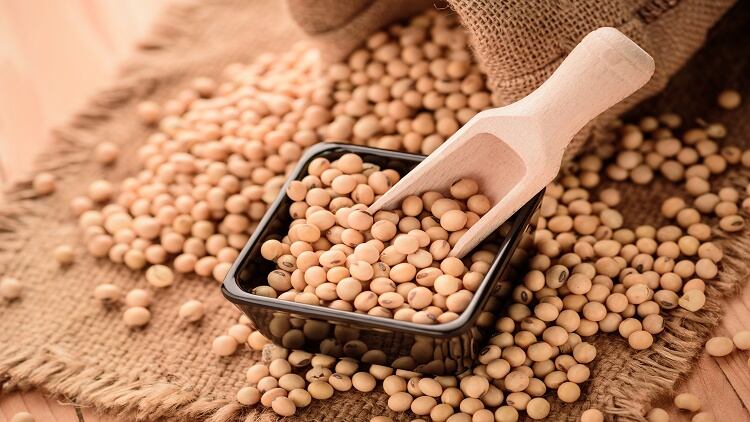This is according to Dr Dong-Fang Chen, vice-president of R&D APAC, corporate R&D division at flavours and fragrances firm Firmenich Aromatics (China).
In fact, the number of new launches of plant-based dairy products made from soy in China amounted to 53% of all new launches between years 2013 to 2017. This was higher than the global market size at over 40%.
“The most commonly used plant protein-based drink in China is still soy. Globally, it is also soy. However, the dominating position of soy in the plant-based beverage is been challenged. This is mainly because new types of plant-based protein sources, such as coconut, almond, oat, walnut, and nuts are starting to rise up,” Dr Chen told FoodNavigator-Asia.
In the case of China, the rise of new plant-based dairy sources could be attributed to globalisation, Dr Chen explained.
“Many things such as cashew nuts were not available in China previously, they were imported from other countries. However, it soon became a new source of plant-based protein, as it adapts to the local growing condition and grows in number because Chinese consumers love it. These are the stages that we will need to go through due to globalisation.”
He added that more major dairy firms in China were testing plant-based protein products.
“Basically, all the leading domestic dairy firms are doing plant-based protein products. However, regardless the protein sources or product novelty, all of them are facing the same challenge in aroma, taste and texture, and we, as their suppliers, are working with them to install suitable solutions based on the product types. This is the current situation in China.”
Indeed, there has been a number of vegan dairy sprouting out in the Chinese markets recently, including domestic mineral water Nongfu Spring’s venture into the vegan yogurt industry.
Challenges
There are a few challenges that firms would need to confront when making plant-based dairy, including taste, texture, nutrition, and functionality.
For example, using plant-protein could bring about unpleasant odour, bitter, and astringent taste.
In addition, due to its structure, plant-based protein are not easily digested by the human body and may lead to bloated-ness or even diarrhoea.
Dr Chen cautioned that the level of difficulty would increase as firms try to increase the protein content or use novel plant-based protein sources, such as nuts and oats.
“The more you attempt to use novel plant protein sources and the more you try to increase the protein content when making plant-based drinks, the more off-taste challenges you will face.”
He explained that this was because a higher concentration of the plant protein was needed if higher protein content was to be achieved, but this would increase the amount of unpleasant odour, in turn compromising the product taste.
“As such, the aroma, mouthfeel and taste solution are key in determining the success of the product.”
“In fact, when you want to use a plant-protein, you will need to consider a few factors, including how to make it into a form that could be digested and absorbed by our body, what are the foul-smelling chemical compounds that it would release.
“All these information would require a deep understanding about raw materials, processes and compounds. Only then can we have a base to achieve the desired flavours and taste solutions.”
China’s potential
Firmenich earlier opened its largest flavours plant in China with an investment of CHF$75m (US$73.5m)
It will boost an annual production of 25,000 tonnes, with the main goal of satisfying demands from the Chinese market.
Dr Chen revealed that China had now become the second largest market for the firm, only behind the US, and the firm was “especially positive” about the growth of the flavours and fragrance market in China.
“Thus, it is a strategic plan to choose to put our largest food flavours plants in China,” he said.
With a factory automation rate of 70%, the new facility will complement the group’s existing manufacturing sites in Shanghai and Kunming.
“As China is our 2nd largest market already and we have strong confidence in this rapidly growing market, it is our strategic decision to put our largest flavour plants in China.”





